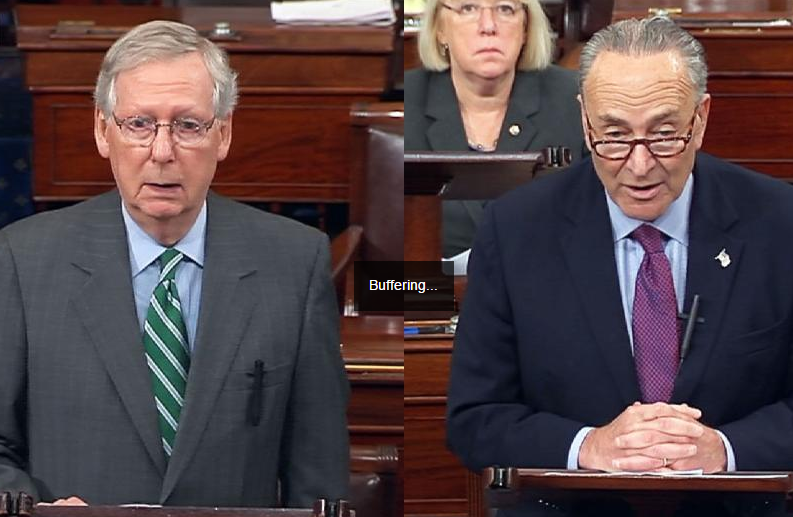The Senate bill to repeal and replace Obamacare, explained

*Vox has a very good summary of the Republican Healthcare plan. I share it because I’m a fan of bullet points. But also because it goes on to a lengthier explanation of what the GOP bill contains. In essence, it “asks low- and middle-income Americans to spend significantly more for less coverage.” VL
By Sarah Kliff, Vox (12.5 minute read) 
Here is how the Senate bill works:
- The Senate bill begins to phase out the Medicaid expansion in 2021 — and cuts the rest of the program’s budget too. The Senate bill would end the Affordable Care Act’s expansion of Medicaid to millions of low-income Americans. This program has provided coverage to more Americans than the private marketplaces
- It would also cut the rest of the public insurance program. Better Care would also limit government spending on the rest of the Medicaid program, giving states a set amount to spend per person rather than the insurance program’s currently open-ended funding commitment.
- The Senate bill provides smaller subsidies for less generous health insurance plans with higher deductibles. The Affordable Care Act provides government help to anyone who earns less than 400 percent of the federal poverty line ($47,550 for an individual or $97,200 for a family of four). The people who earn the least get the most help. The Senate bill would make those subsidies much smaller for many people, and only provide the money to those earning less than 350 percent of the poverty line ($41,580 for individuals and $85,050 for a family of four). The Senate bill will tether the size of its tax credits to what it takes to purchase a skimpier health insurance plan than the type of plans Affordable Care Act subsidies were meant to buy. Essentially, these tax credits buy less health insurance.
- The Senate bill seems to allow states to opt out of Obamacare’s marketplaces and essential health benefits requirement. A new waiver process would allow states to overhaul their insurance markets, including ending the essential health benefit requirement and specific subsidies that benefit low income Americans, so long as those changes do not increase the deficit.
- The Senate bill repeals the individual mandate — and replaces it with nothing. The bill gets rid of the Affordable Care Act’s unpopular requirement that nearly all Americans carry health coverage or pay a fine. This could cause significant disruption in the individual market because it takes away a key incentive healthy people have to buy coverage, meaning only sick people may sign up.
- The bill would cut taxes for the wealthy. Obamacare included tax increases that hit wealthy Americans hardest in order to pay for its coverage expansion. The AHCA would get rid of those taxes. Obamacare was one of the biggest redistributions of wealth from the rich to the poor; the AHCA would reverse that.
- The Senate bill defunds Planned Parenthood for one year. This would mean Medicaid patients could no longer seek treatment at Planned Parenthood clinics. Experts expect this would result in low-income Americans getting less medical careand having more unintended pregnancies, as access to contraceptives would decline.
- All in all, the replacement plan benefits people who are healthy and high-income, and disadvantages those who are sicker and lower-income. The replacement plan would make several changes to what health insurers can charge enrollees who purchase insurance on the individual market, as well as changing what benefits their plans must cover. In aggregate, these changes could be advantageous to younger and healthier enrollees who want skimpier (and cheaper) benefit packages. But they could be costly for older and sicker Obamacare enrollees who rely on the law’s current requirements, and would be asked to pay more for less generous coverage.
READ THE COMPLETE ARTICLE HERE

